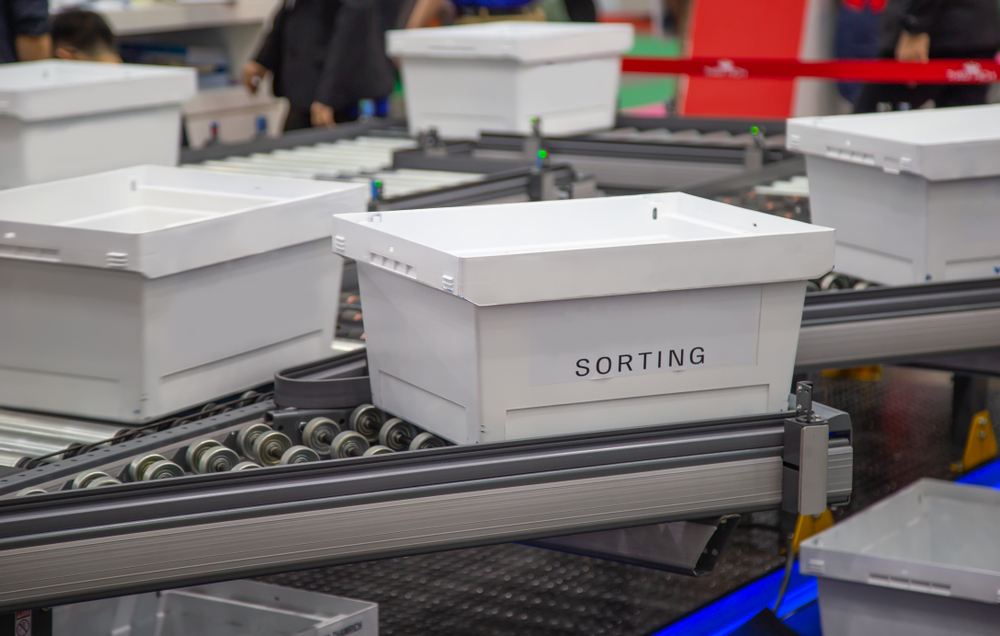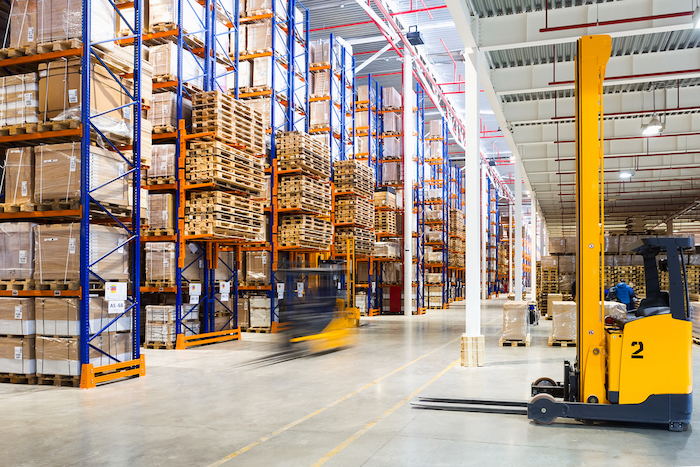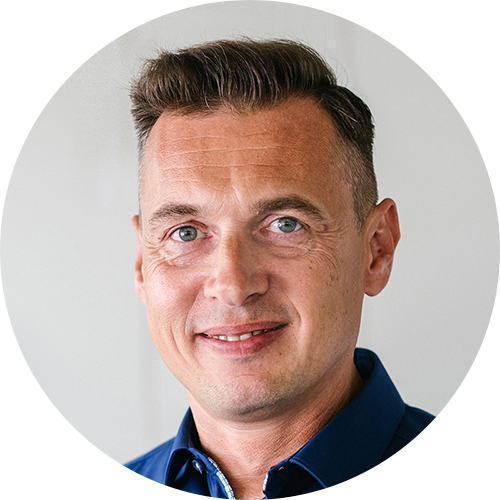Bluetooth LE can be used in many diverse industrial applications beyond pure asset tracking, for example, to increase workforce safety.
Digitalisation has become established in industry. Networking people, machines, systems, logistics and products across the entire production cycle is becoming increasingly relevant. Digitalisation concerns the entire production process – which should be depicted digitally as thoroughly as possible. Just connecting machines to the internet is not enough to achieve this.
Asset tracking is an important digitalisation tool. Assets include, for example, commodities and products as well as machines. Although human beings do not automatically come under this category, in certain circumstances, tracking them may also be incorporated in asset tracking. The main aim of asset tracking is to improve production processes by knowing where products are at all times. Bluetooth LE can offer even more than this.
Tracking with RTLS
Asset tracking uses real-time location systems (RTLS), which can be implemented using a variety of technology – including Active RFID, UWB, Wi-Fi and Bluetooth LE. GPS is not suitable for use within buildings. All these processes are realised using similar technology. Essentially, the systems consist of senders and receivers which triangulate the location via the signal strength.
The advantages of Bluetooth LE over other tracking methods lie in its comparatively low set-up costs. The hardware needs very little electricity for operation, which keeps the running costs low too. The Bluetooth beacons, locators and tags used for tracking can be operated with a button cell battery lasting several years. The prevalence of Bluetooth technology in many devices such as smartphones also contributes to the technology’s success. This leads to particular flexibility regarding implementation, as central and decentral position determination can be used in parallel.
The tracking requirements must be clearly formulated
To successfully implement an asset tracking system, it must already be clear in the planning phase what will be required of the system and which objectives must be achieved. The level of precision with which the assets are to be monitored is a particularly critical question for implementation. If it is primarily goods in a warehouse which are to be monitored, a much lower frequency for the communication intervals between the senders and receivers is necessary than, for example, for monitoring routes for automatic transport systems. Equally, a decision must be made as to how accurately the location is to be determined.

If the tracking accuracy is too high, this will generate unnecessary costs. Bluetooth technology depends on a power supply, which is generally realised using batteries. A higher accuracy than necessary will reduce battery life without offering any added value. Juniper Mist try to avoid dependence on batteries – at least for permanently-installed hardware elements – by using virtual beacons. Here, access points are installed which have significantly more powerful antennas. The beacons can then be located virtually in space via an interface. This saves time and costs, as well as enabling the tracking system to be extended flexibly.
Diverse application options for BLE
There are a huge variety of application options for asset tracking, which can be adapted for all requirements and every corporate structure. Solutions using Bluetooth LE are especially flexible, as Bluetooth is easily combined with other technologies.
Conventional asset tracking is used to follow the movement of goods within a company. Boxes, pallets or tools and machines equipped with Bluetooth tags can be located at any time and displayed on a map. Firstly, this minimises losses and secondly, processes can be accelerated. Bottlenecks and delays can be identified before they become a problem which endangers production.
One advantage of Bluetooth is that it is very easy to combine with other technologies. When paired with e-ink displays, for example, it is possible to automatically label boxes for certain production operations. If there is a delay, then these boxes can not only be located, but also automatically display a notification that they should receive preferential processing.
Asset tracking can also be used to monitor tools and even vehicles. One example is forklift trucks. If these are equipped with Bluetooth tags it is possible to, for example, record the pattern of movement in order to optimise routes and times of use.

Bluetooth LE improves occupational safety
But other applications for Bluetooth LE are also conceivable. Sticking with the forklift truck example, narrow sections or particularly dangerous zones can be equipped with speed limits which are automatically applied via Bluetooth. When a forklift truck enters the Bluetooth-demarcated zone, warnings could be displayed to the driver, or the speed of the forklift could be decreased automatically.
Another potential scenario is tracking workers in hazardous operating environments. In particular, workers who are moving around extensive industrial plants on their own have an increased risk of accident. These incidents are frequently dramatic, as they are often only discovered later on. Bluetooth LE tracking, either via a tag worn on the body or via smartphone can save lives in an emergency. The Bluetooth can trigger a distress signal, for example by analysing movement patterns or if an emergency button is activated. Assistance can then be guided to the right location quickly using the positioning system.
Summary
Alongside the financial considerations, the most powerful argument for Bluetooth LE is that applications can be combined flexibly with each other. There are countless application areas and, when coupled with other technologies such as Wi-Fi for data transmission or e-ink displays for automated labelling, there is almost no limit to the ways it can be used.

Questions?
Just ask!
I am Alexander Zagler from the HCD sales team. I will be happy to advise you or assist you with any questions. You can phone me on +49 89 215 36 92-0 or reach me using our contact form.
Contact us
 Deutsch
Deutsch